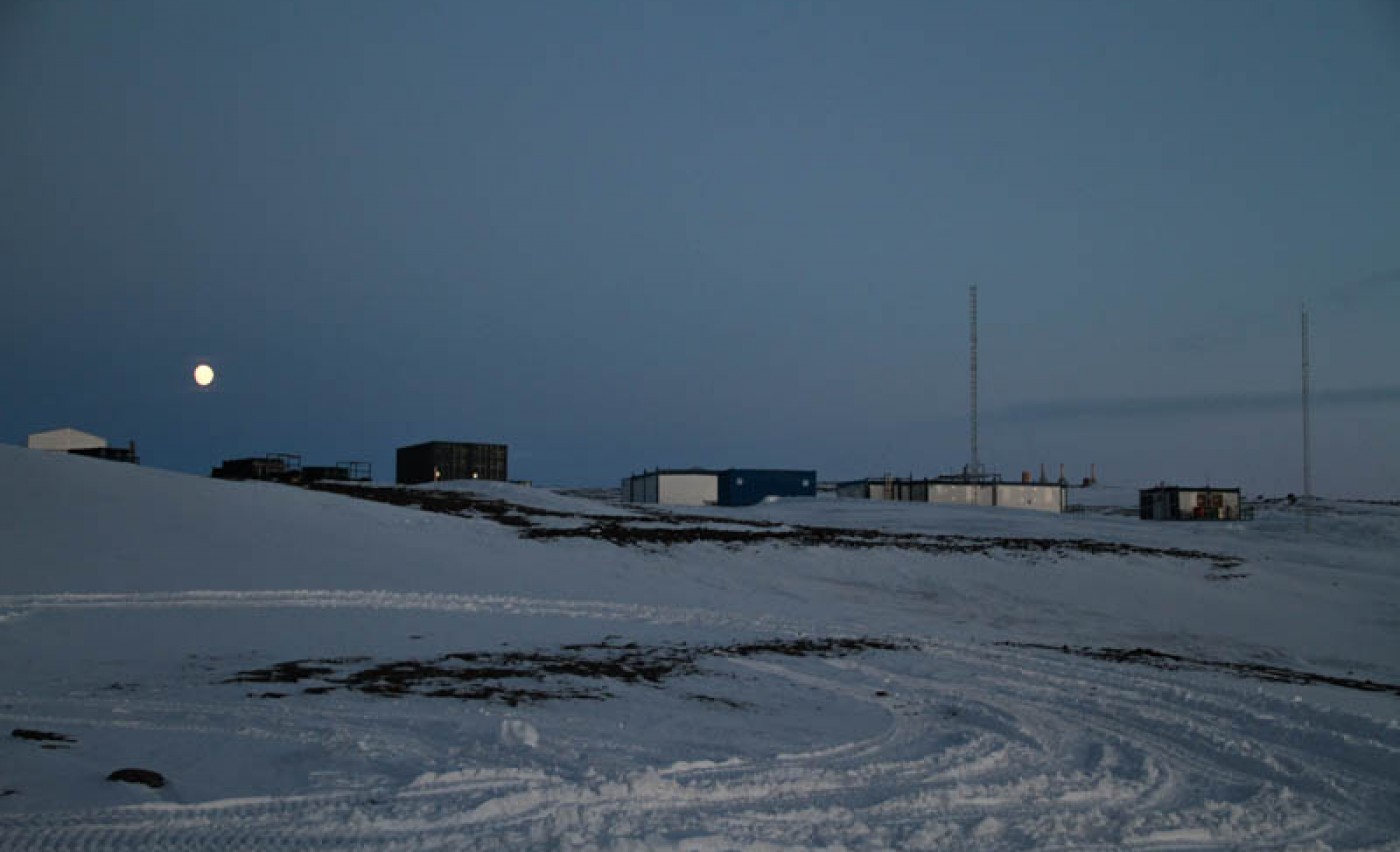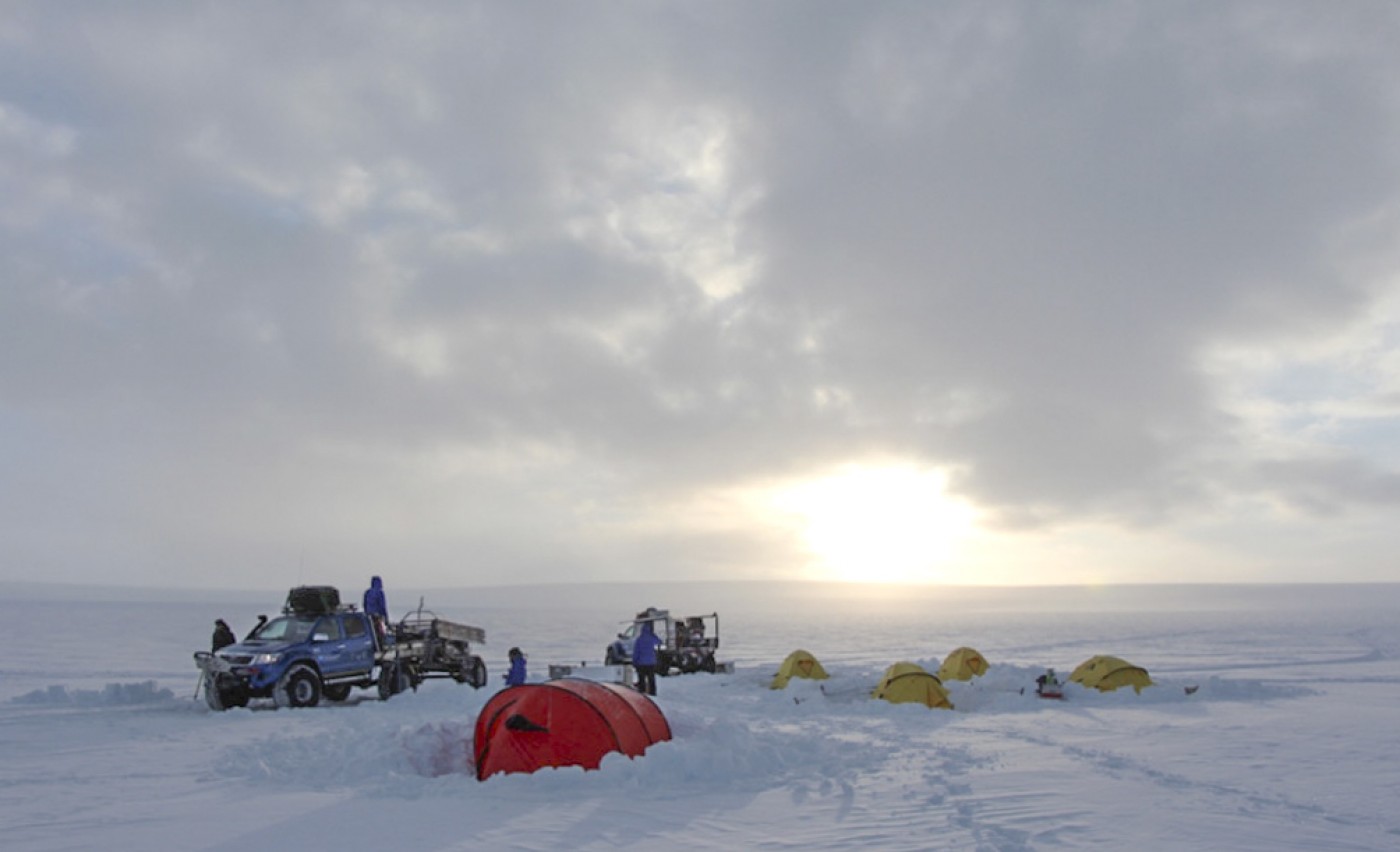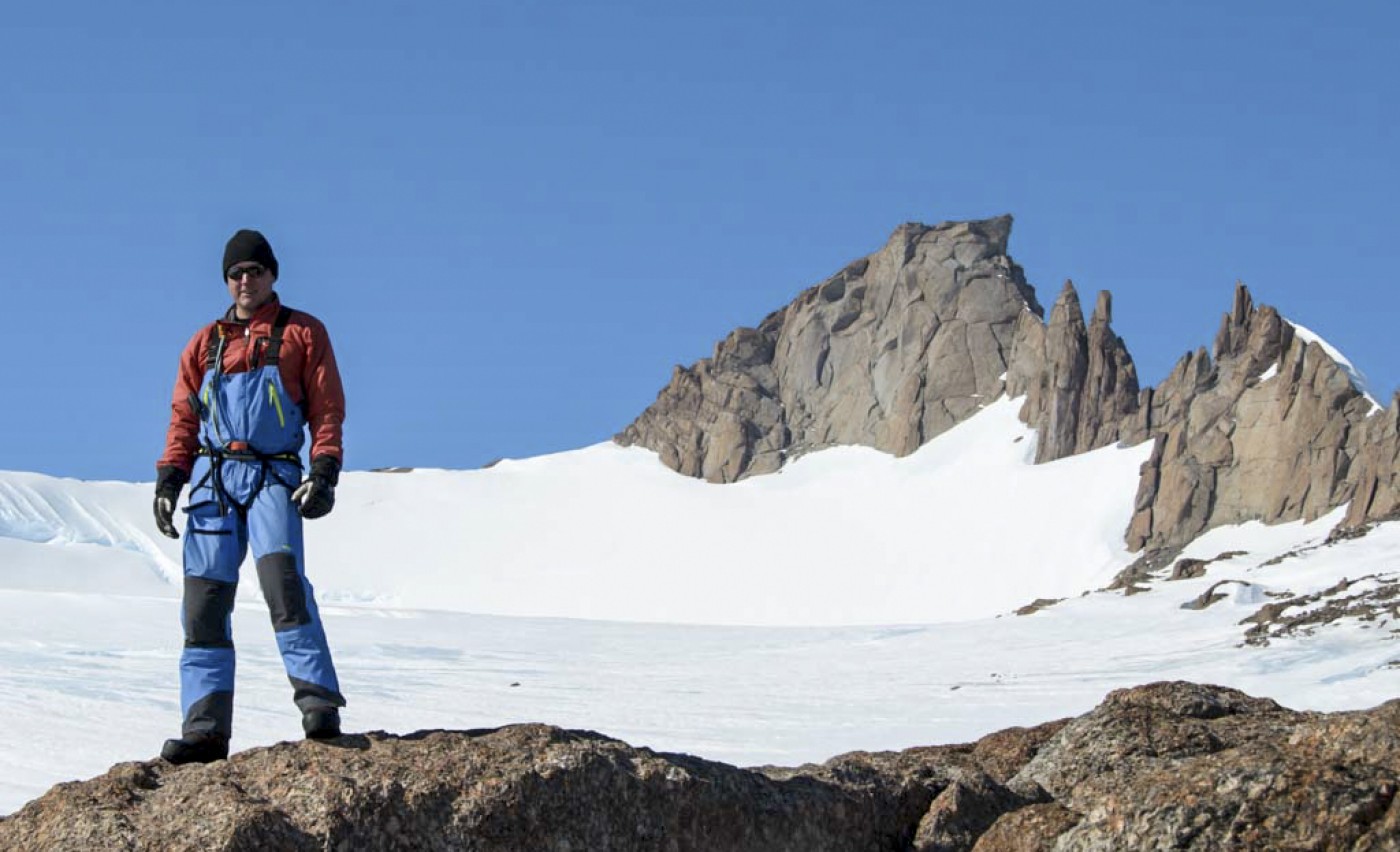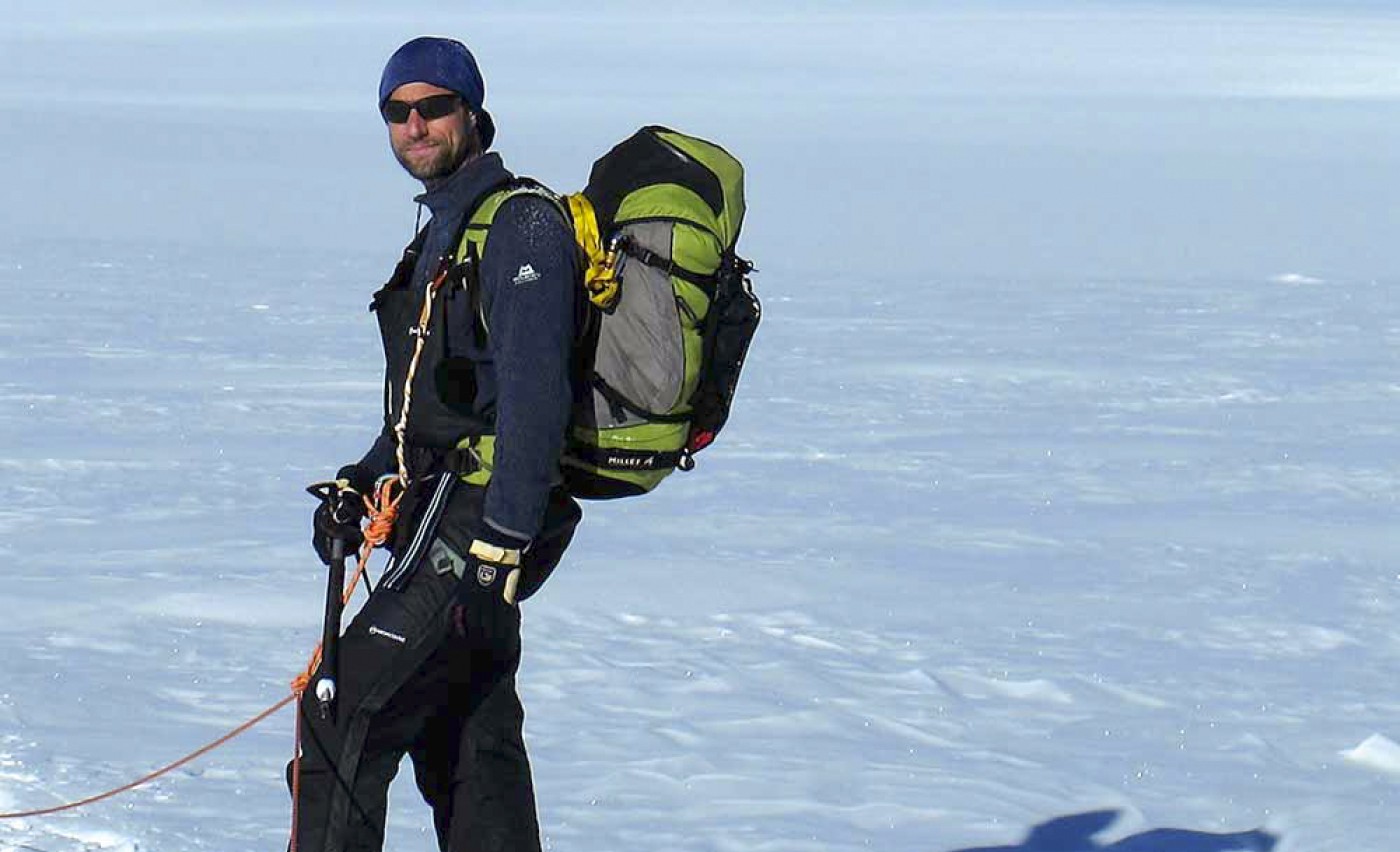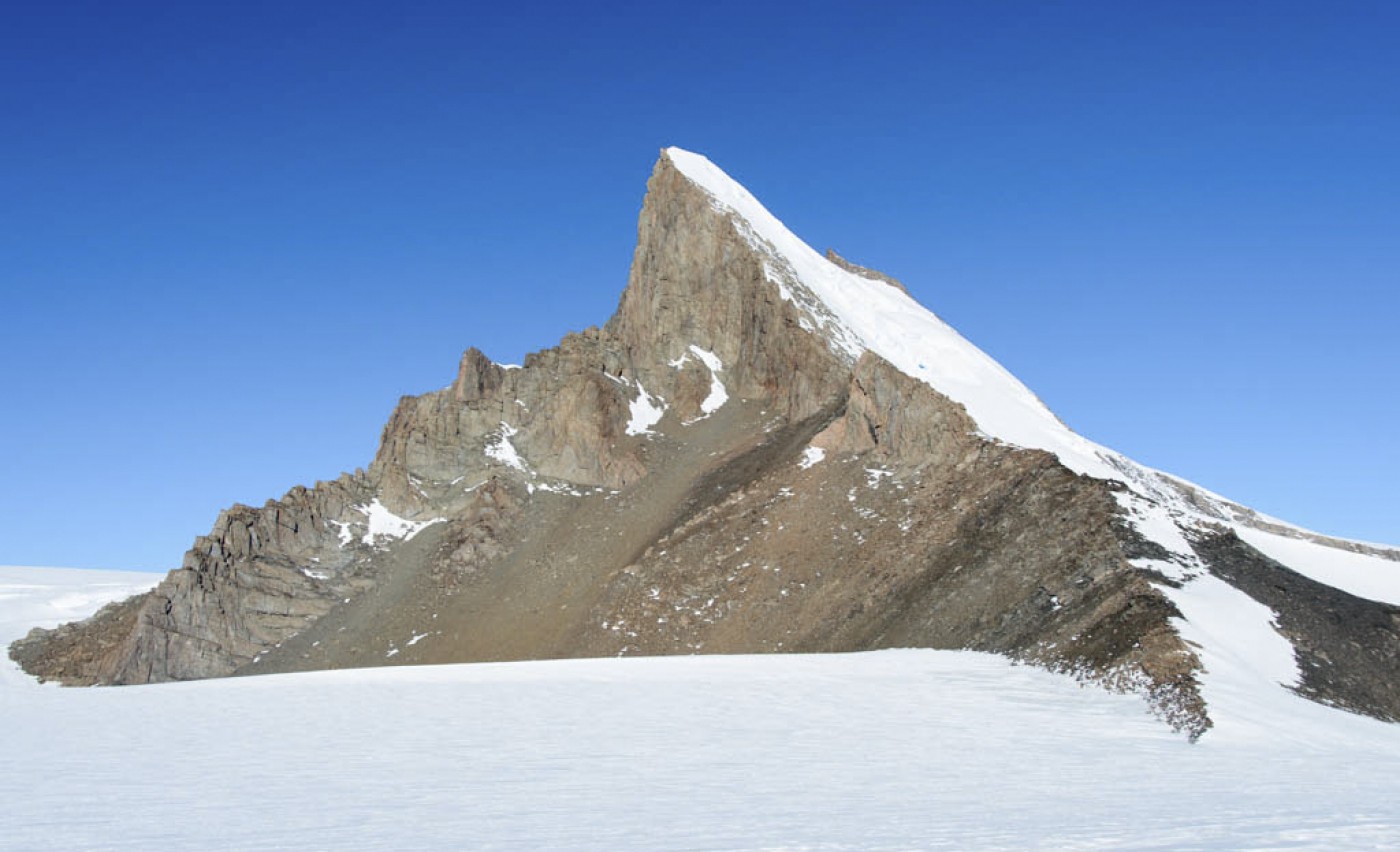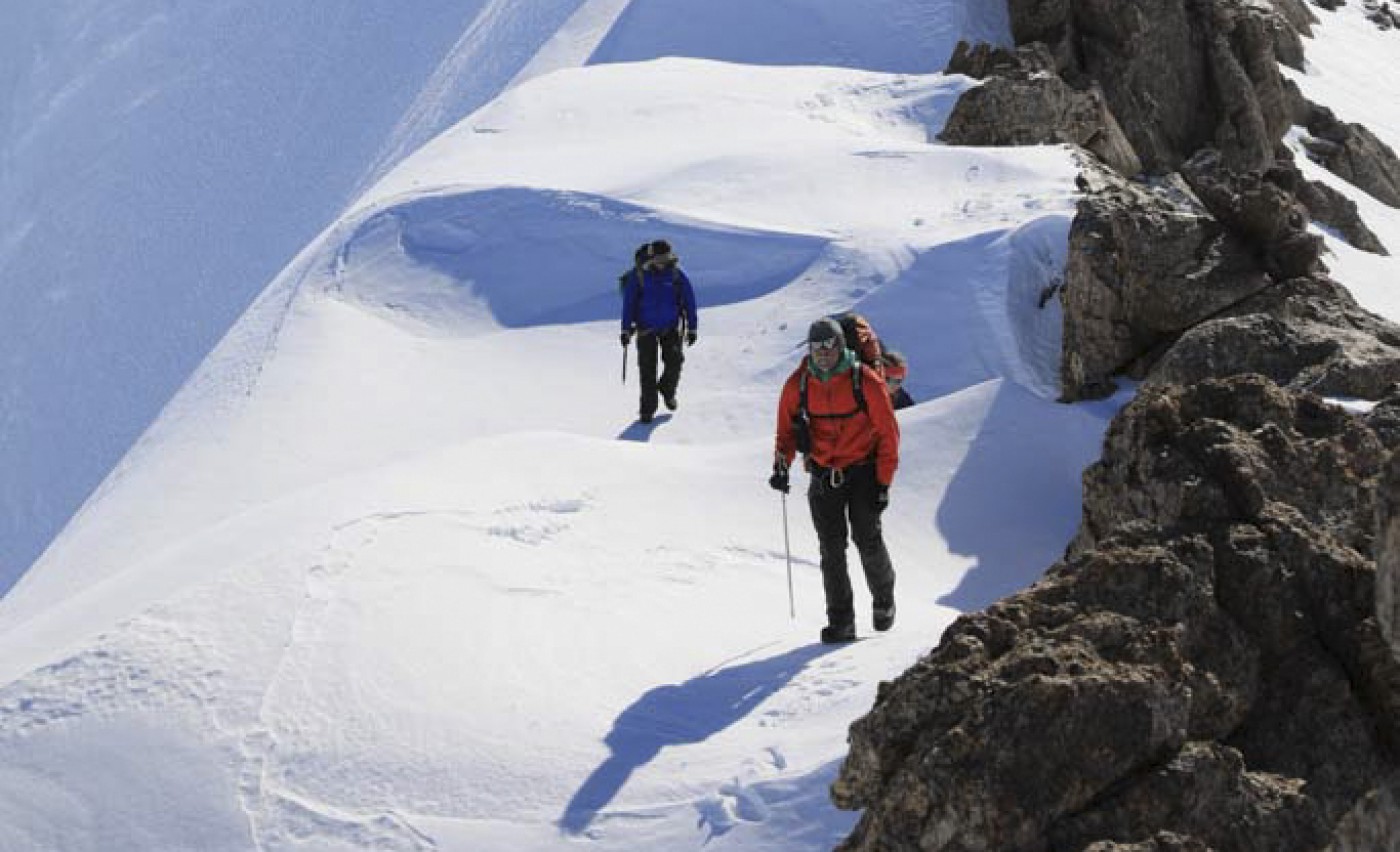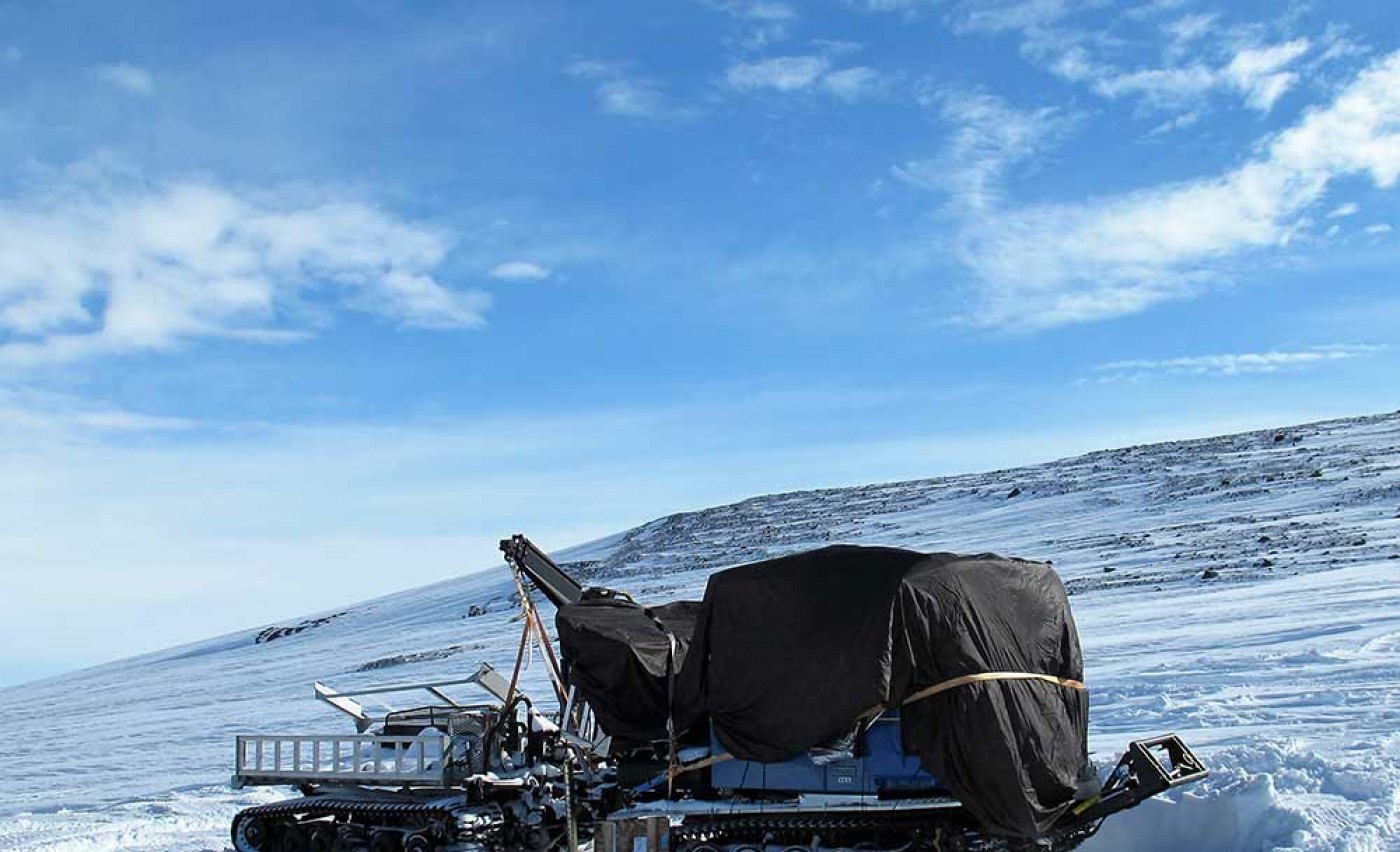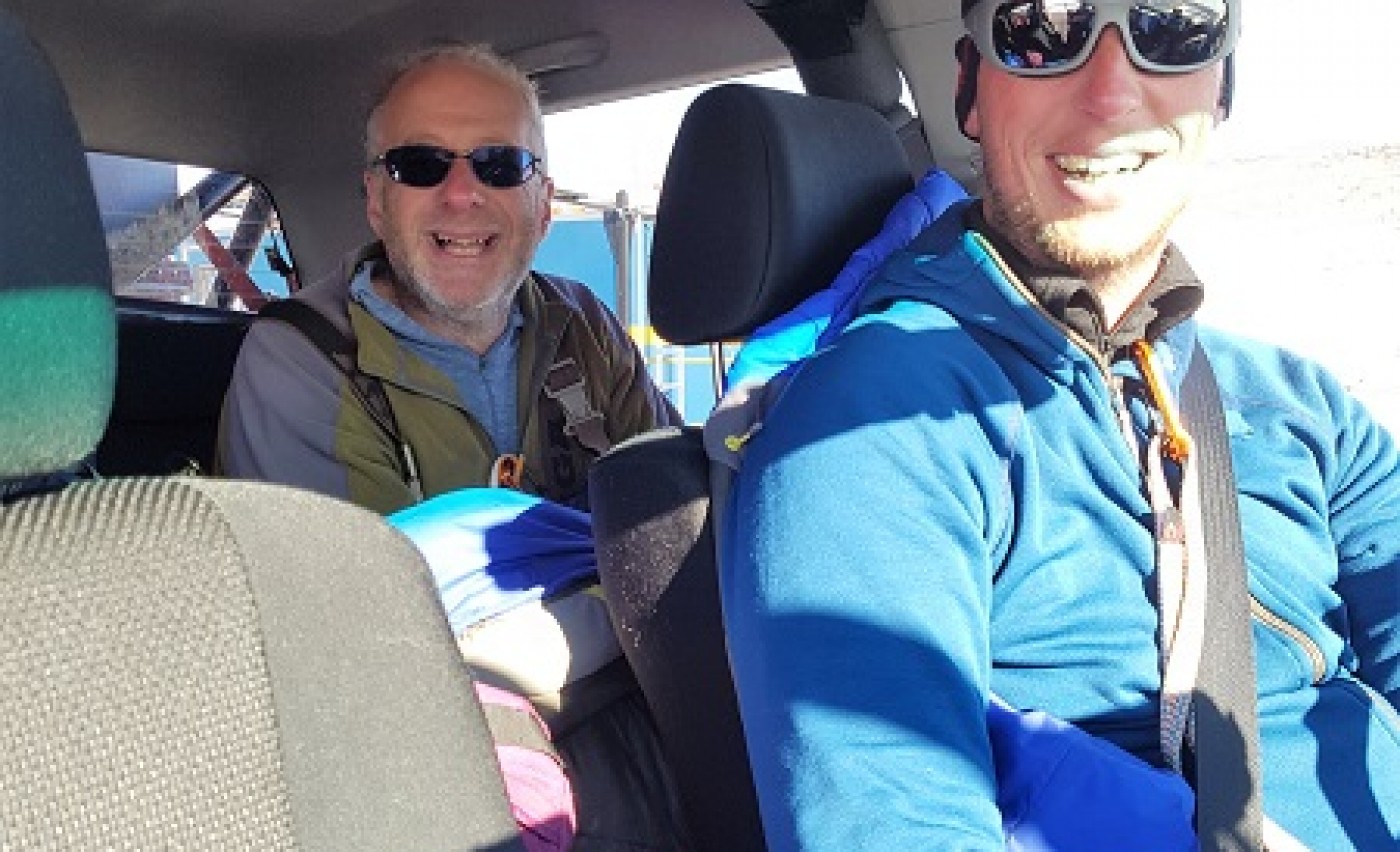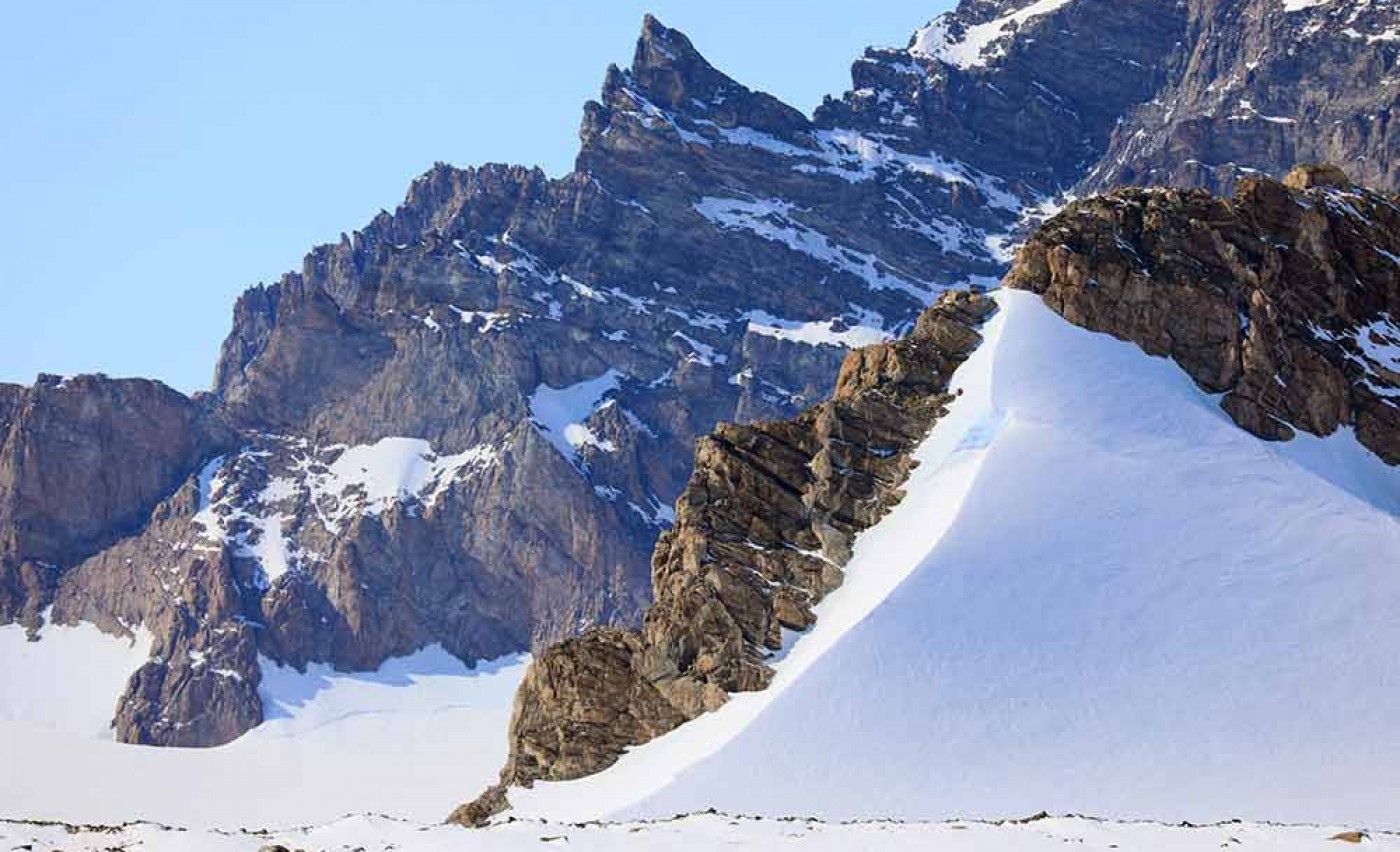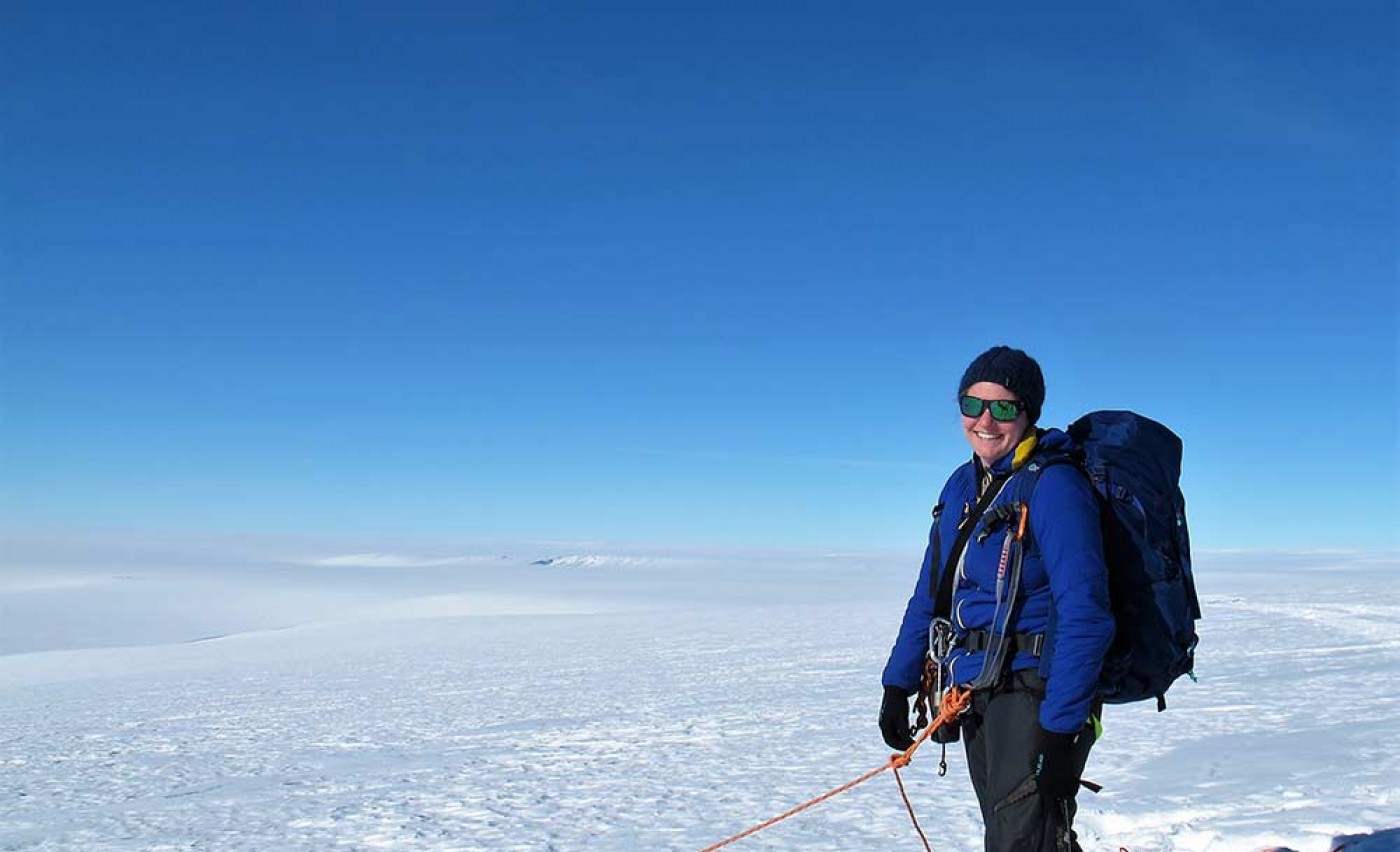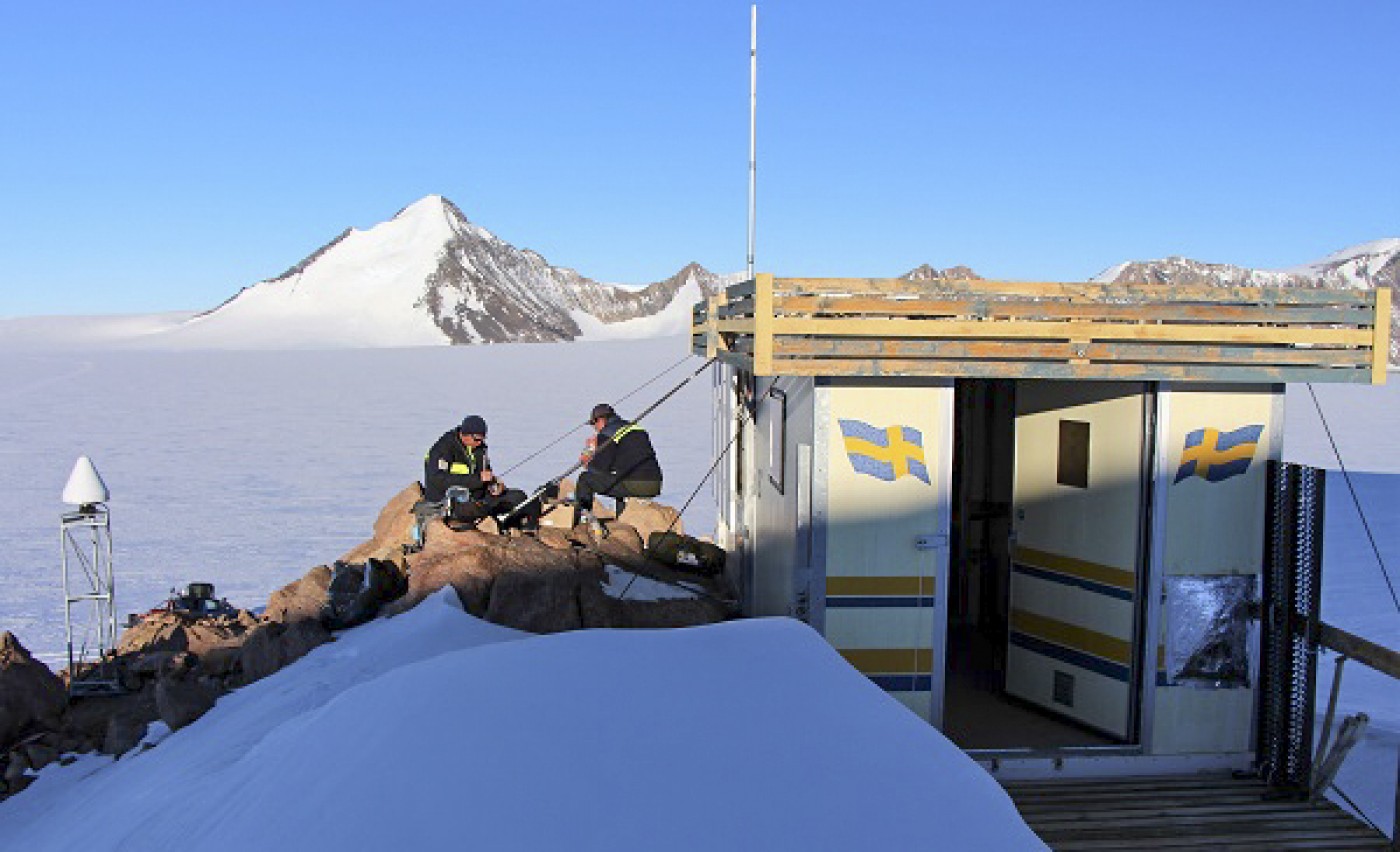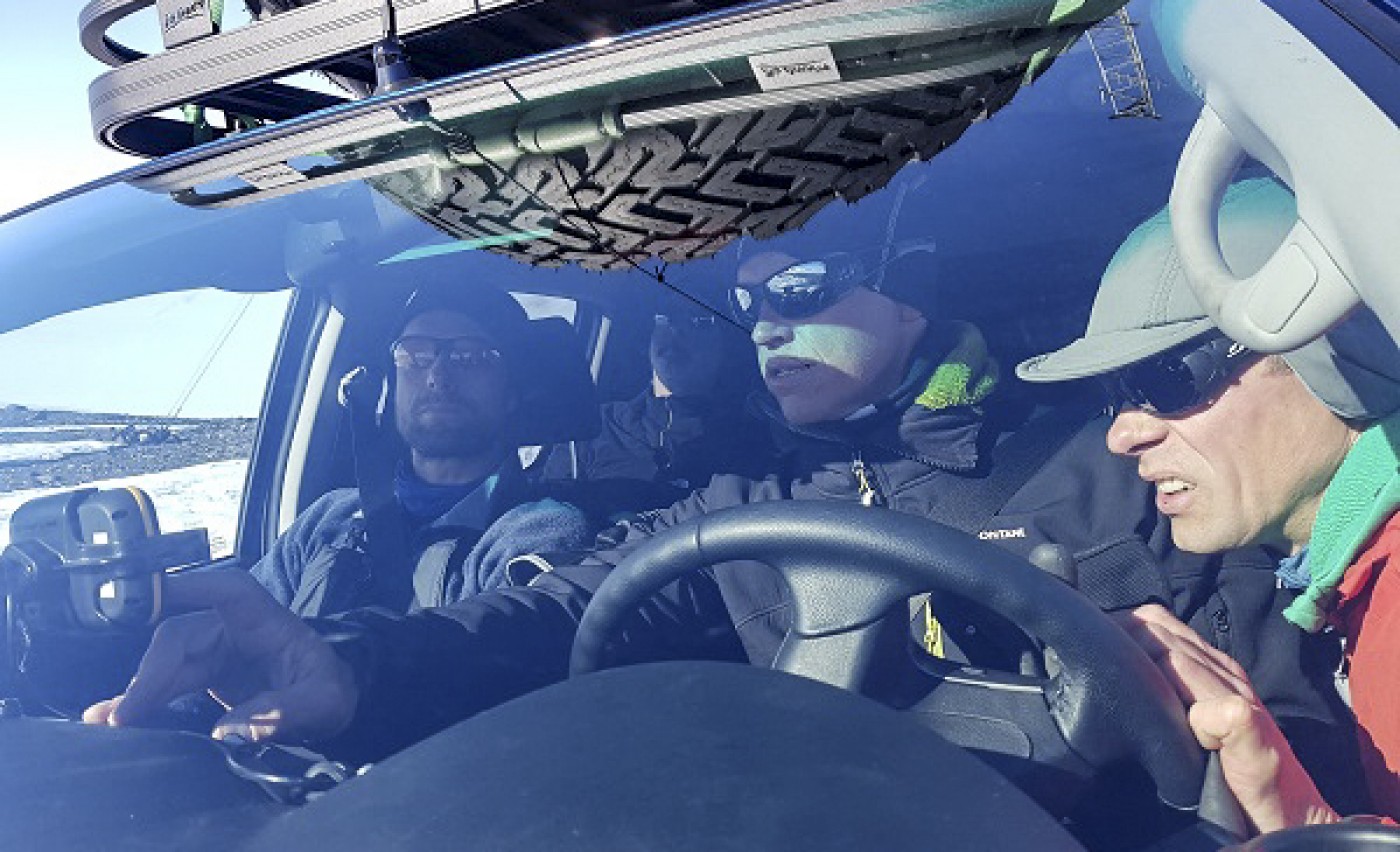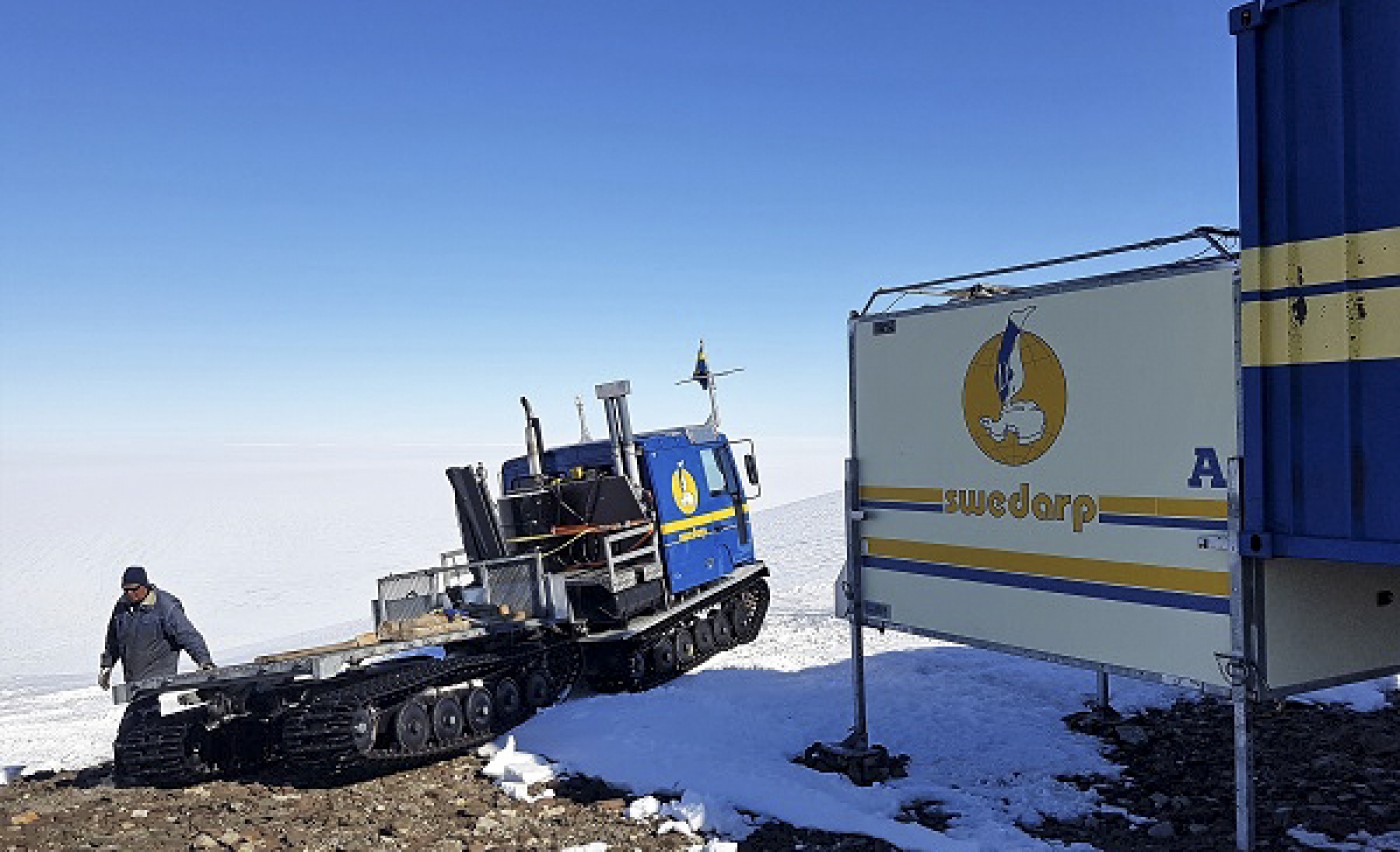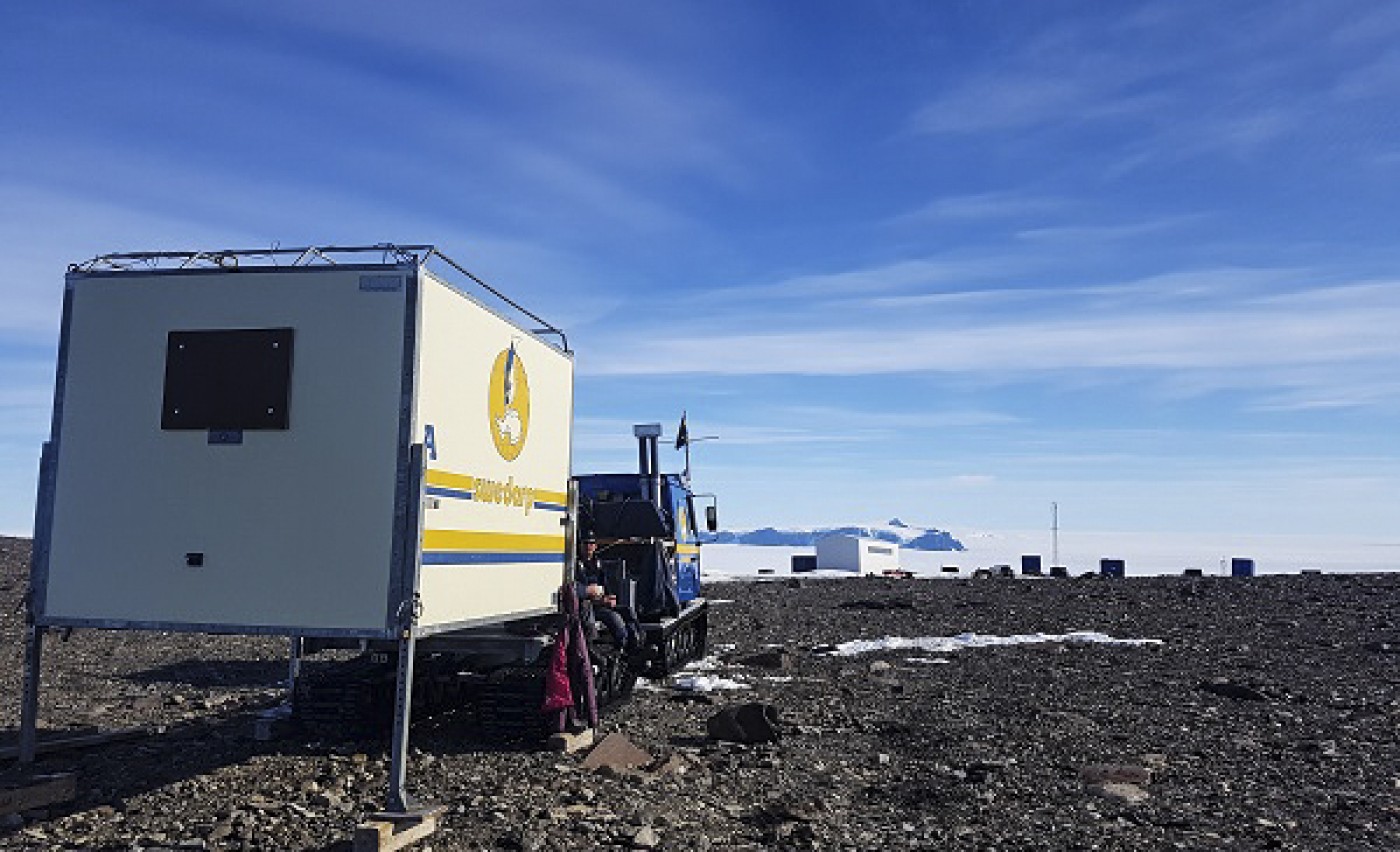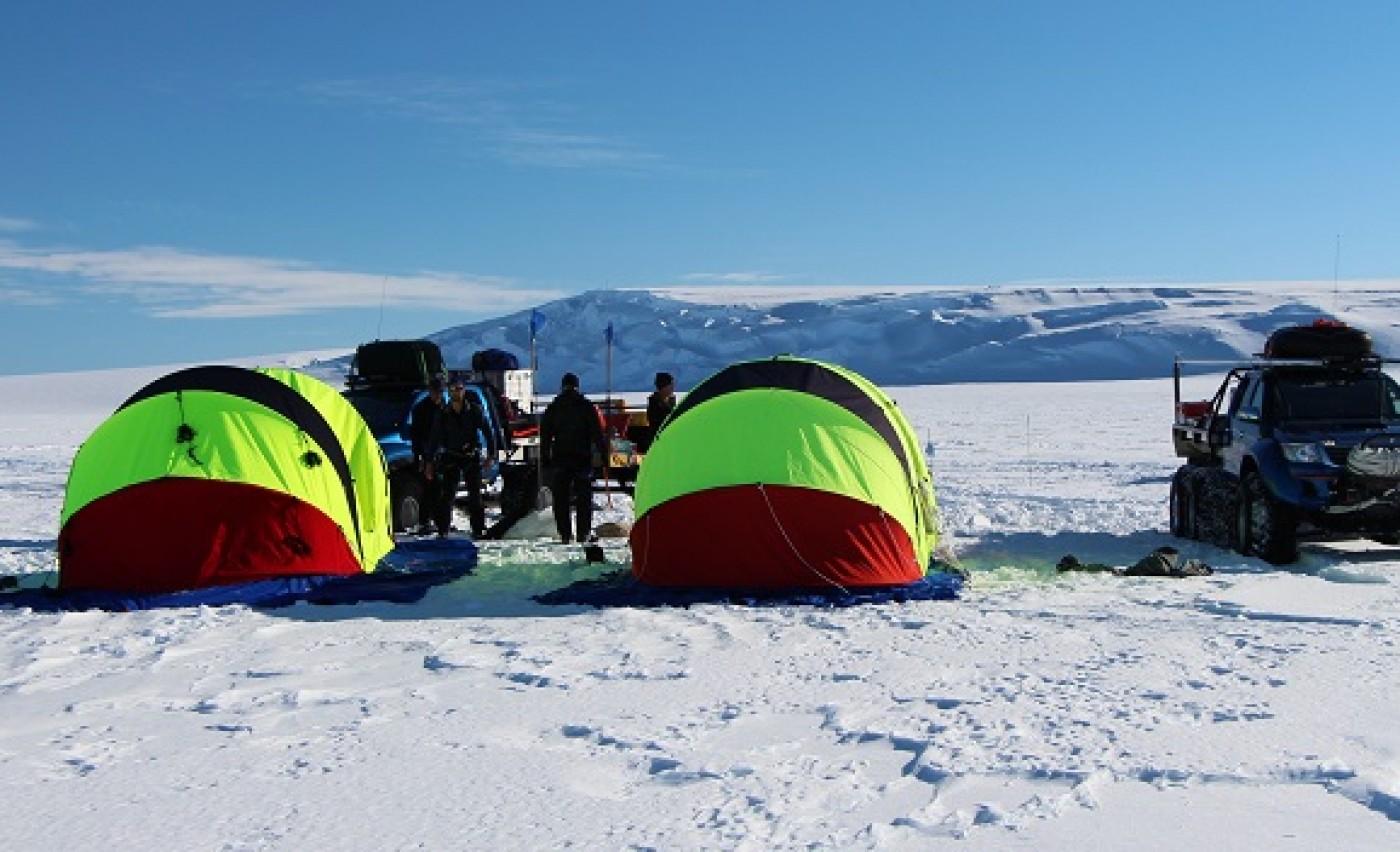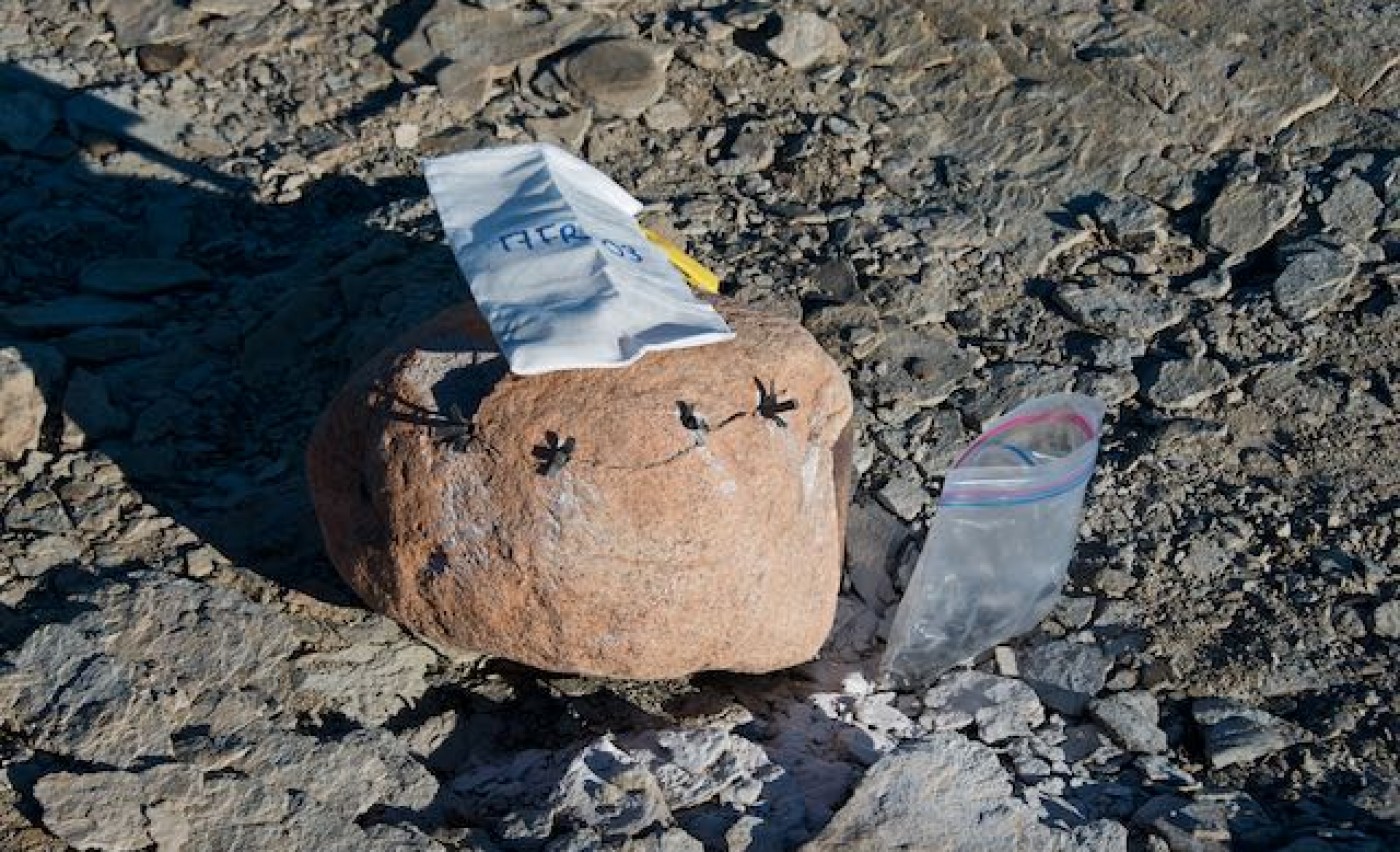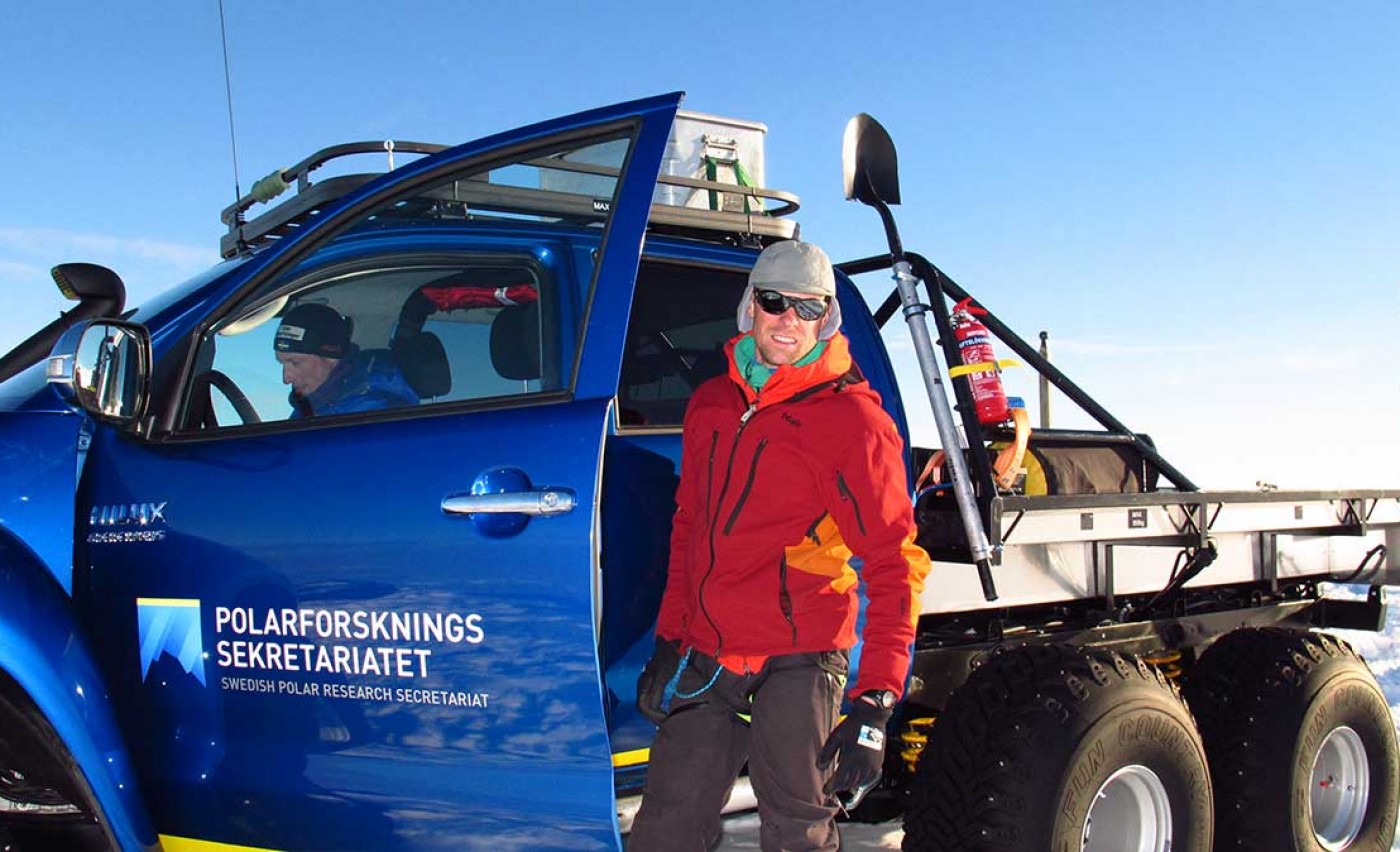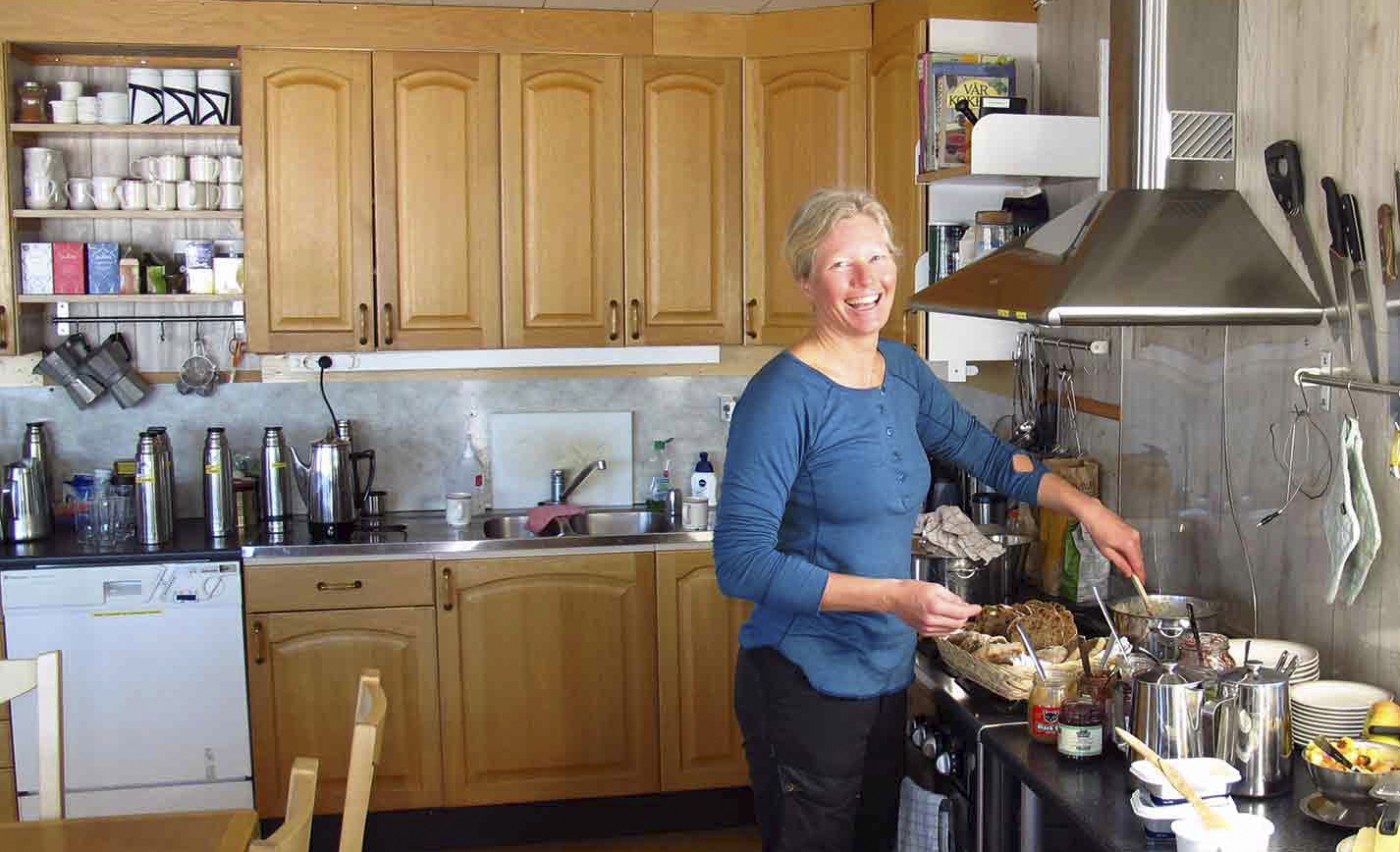Last night at dinner we asked our self what technological advances that makes it possible for us to travel to Earth's most inhospitable and isolated continent? Sure, there have been polar expeditions for over a hundred years now, but you do not need to go too far back in the literature to realise that it was made under completely different risks and sacrifices. Its somewhere around where the images changes from color to black and white so see how the conditions and the changes but must have felt both fear and anxiety. There is more than one story about the expedition That Were left on the ice, not just one, but two long winters more than planned.
Polar explorers achievements
16 February 2017 | Carl Lundberg